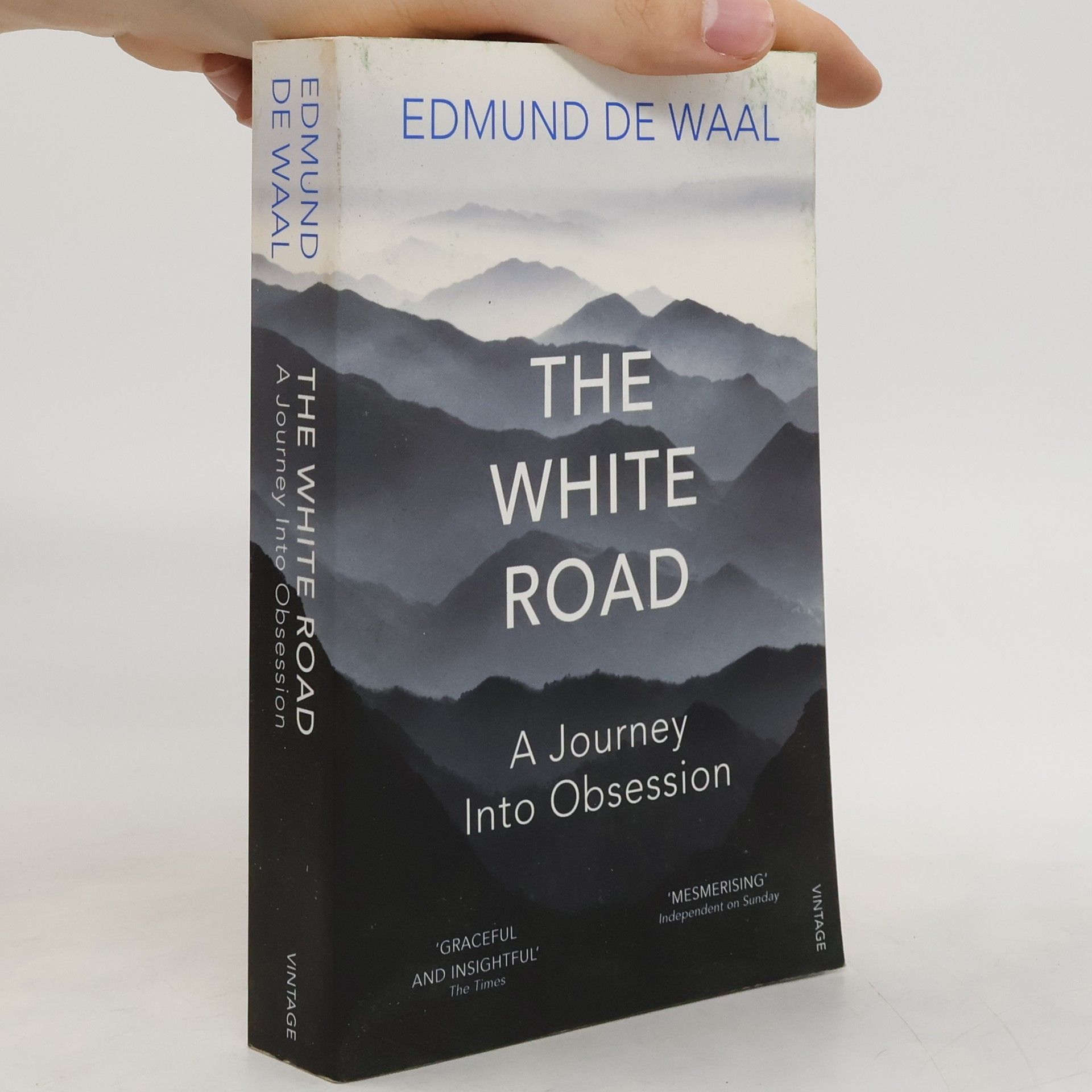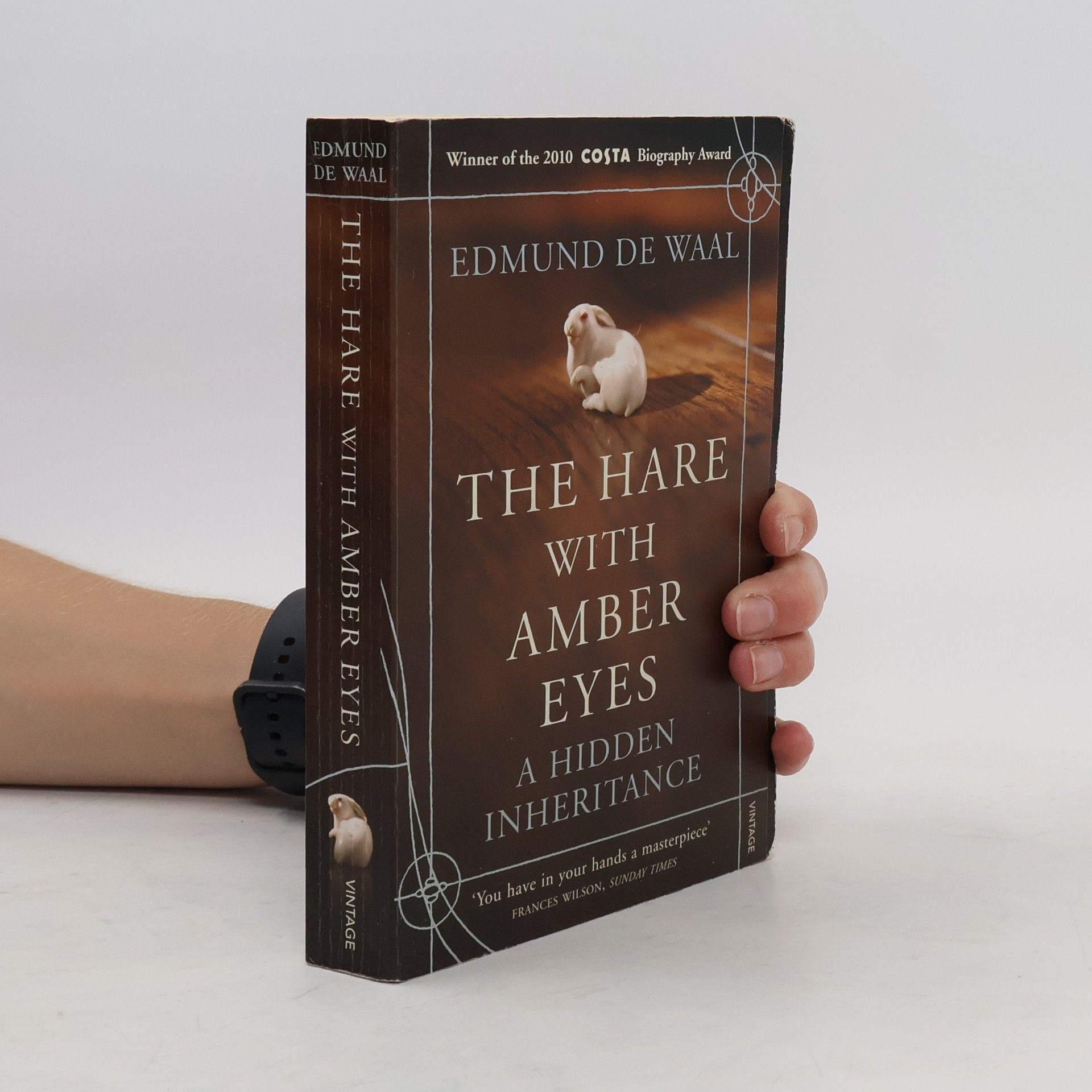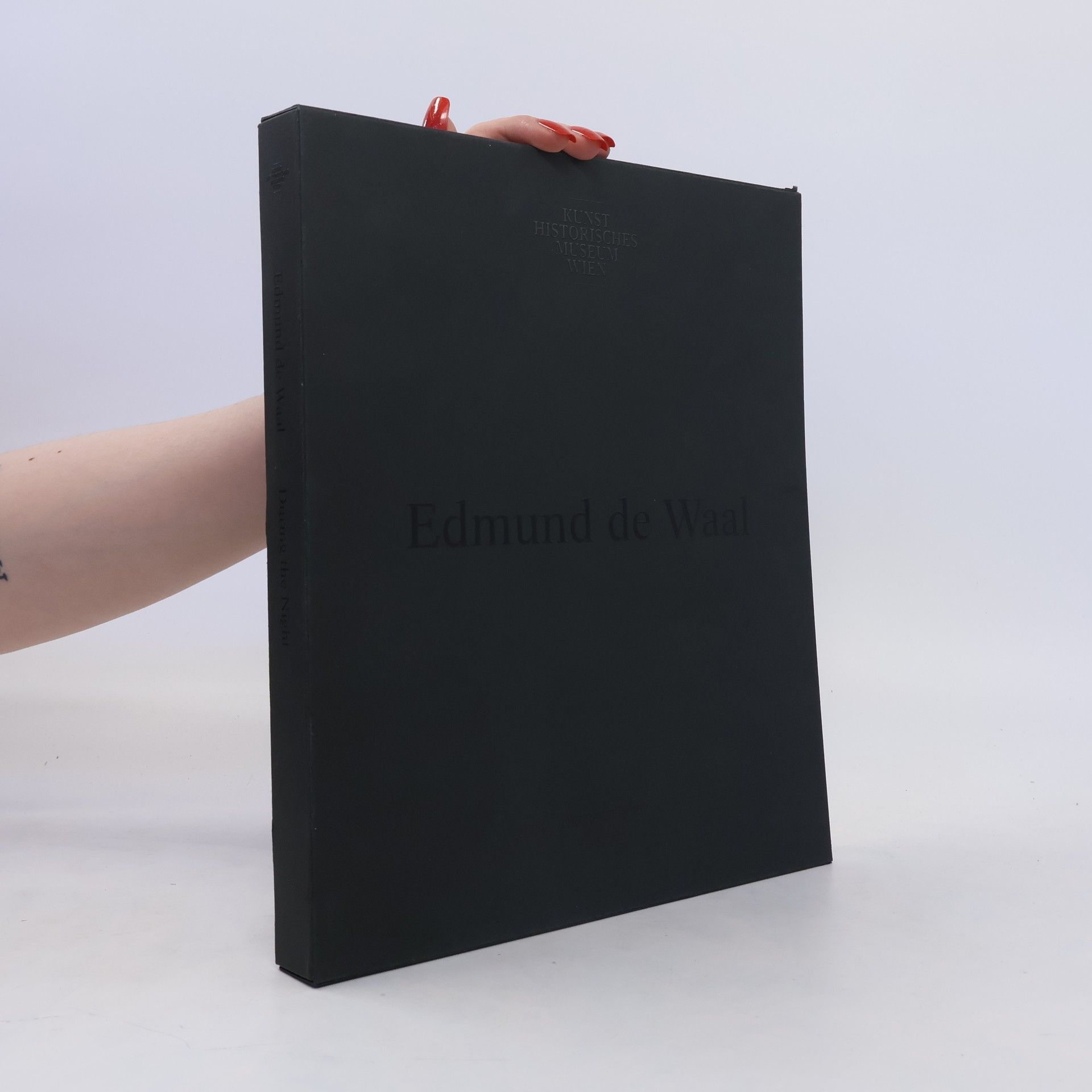Die Logik des Regens
Der weltgrösste Schatz japanischer Katagami-Schablonen zum Färben von Kimonos
- 320 pages
- 12 hours of reading
Der weltgrösste Schatz japanischer Katagami-Schablonen zum Färben von Kimono-Textilien Ein faszinierendes Kapitel der Textilkunst: Im Depot des Dresdener Kunstgewerbemuseums in Schloss Pillnitz liegt seit 125 Jahren ein erst in jüngster Zeit bekannt gewordener Schatz japanischer Handwerkskunst. In 92 Kassetten lagern mehr als 15'000 Färbeschablonen für den Textildruck. Diese sogenannten Katagami wurden in einem langwierigen Verfahren aus der Maulbeerbaumrinde handgeschöpft und in feinster Schneidearbeit gestochen. Es sind traditionelle Druckvorlagen vor allem für Stoffe, aus denen Kimonos für Samurai gefertigt wurden, und sie zeigen neben geometrischen Ornamenten auch Muster und Motive, die in virtuoser Abstraktion Elemente der Natur darstellen. Im 19. Jahrhundert kamen Katagami-Drucke auch nach Europa, und diese hochentwickelte Kunst beeinflusste schon sehr bald stark die westliche Ornamentik in Kunst, Kunsthandwerk und im entstehenden Industriedesign. Heute spielt die Technik der Stencils für Graffiti und Street-Art, etwa bei Banksy, weiterhin eine grosse Rolle. Dieses opulente Buch präsentiert nun erstmals rund 140 der schönsten Katagami-Muster aus der Dresdener Sammlung. Ausgewählt wurden Motive, die sich der Darstellung des Regens widmen, der in dem Monsunwinden ausgesetzten und auf Reisanbau angewiesenen Land grosse spirituelle und kulturelle Bedeutung hatte. Zahlreiche grossformatige Abbildungen werden begleitet von Essays internationaler Experten, die alle Aspekte des faszinierenden Themas detailliert erläutern.








